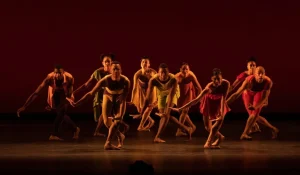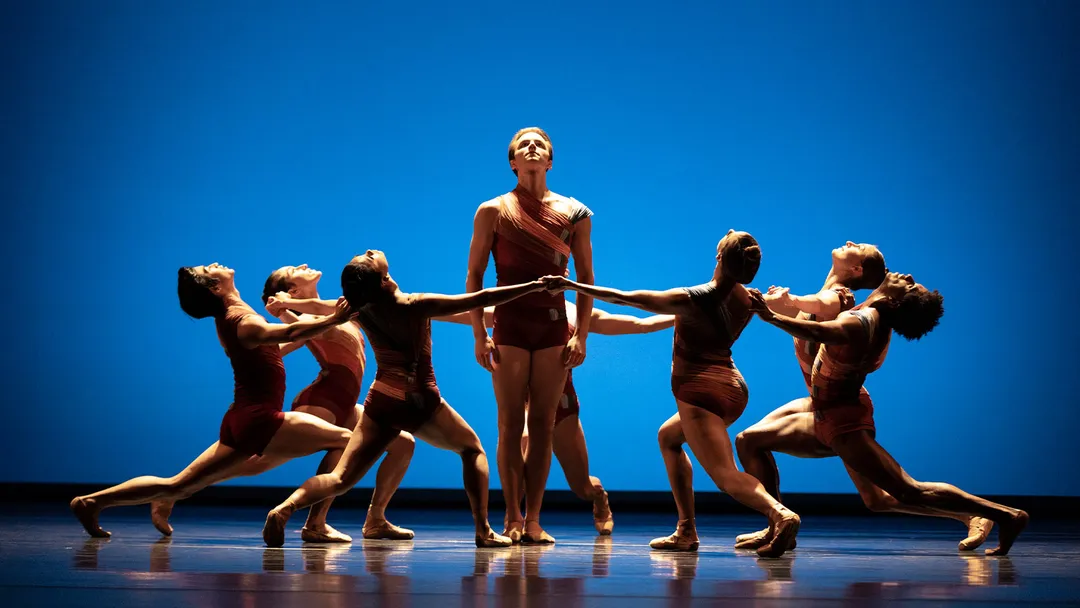 Storytelling is an ancient human tradition, but in contemporary dance, it takes on a unique form. Here, the body becomes the narrator, using movement, gesture, and emotion to tell stories that words cannot fully capture.
Storytelling is an ancient human tradition, but in contemporary dance, it takes on a unique form. Here, the body becomes the narrator, using movement, gesture, and emotion to tell stories that words cannot fully capture.
This article explores how contemporary dance transforms abstract themes and personal experiences into compelling narratives that resonate with audiences.
Movement as Language
In storytelling through dance, movement functions like words in a sentence. Every gesture, turn, or leap has meaning, whether literal or symbolic.
Choreographers may craft sequences that directly depict events — such as a character falling to represent defeat — or they might use abstract shapes and dynamics to evoke feelings without explicit plot points.
Emotional Connection as the Core
Successful dance storytelling relies on emotional authenticity. Even without a clear plot, the audience can sense the performer’s intent through the energy and quality of their movement.
For example, a dancer might convey longing through slow, reaching motions, or frustration through sharp, fragmented steps. The emotional truth creates the connection, even if the “story” is open to interpretation.
Nonlinear and Abstract Narratives
Unlike traditional theater, contemporary dance often embraces nonlinear storytelling. Pieces may shift between different moods, times, or perspectives, requiring audiences to engage actively with what they see.
This openness invites personal interpretation, allowing each viewer to find their own meaning in the performance.
Collaboration Between Choreographer and Dancer
Storytelling in contemporary dance is rarely a one-way process. Dancers often contribute their own interpretations and movement ideas during creation. This collaboration ensures the final piece reflects multiple layers of meaning.
Use of Music, Silence, and Space
Sound plays a crucial role in narrative building. Music can reinforce mood, while silence can create tension or intimacy. The physical space — whether a stage, street corner, or empty warehouse — also shapes how the story unfolds.
Conclusion
Storytelling in contemporary dance blends movement, emotion, and collaboration into an art form that speaks to audiences beyond language. It’s an invitation to feel, interpret, and connect in a way only dance can offer.


